Description
?What a treasure is Tibetan Tales. for Little Buddhas! This book is sure to become a classic, offering its timeless wisdom in three traditional Tibetan tales, accompanied by finely rendered, evocative art. As a bonus, the tales are translated into the Tibetan language, ensuring its popularity in this community where many refugee Tibetan families live.
“Each of the stories has been adapted from native Tibetan folklore, with the intention of translating traditional cultural wisdom. and values for children. The book includes a map of Tibet, a glossary and a description of a popular Tibetan chant that is featured in one of the stories, ?Yeshi?s Luck.? ?Yeshi?s Luck? imparts a lesson that seems to be about fate, but ultimately teaches that one cannot know what life has in store and what seems like bad luck today could prove to be good luck in time. Yeshi is a young boy who goes in search of his lost horse and discovers many surprising truths along the way.
“The theme of ?Jomo and the Dakini Queen? deals .with fear and how to overcome it. Jomo, a young girl with many chores and responsibilities, never manages to please her Aunt Peta, it seems. As. she goes about her work with the yaks in the meadow, she encounters something scary and miraculous, echoing the sentiment in another classic of children?s literature, The Little Prince: ?What is essential is invisible; it is only with the heart that one sees rightly.?
“In the story of ?Chunda?s Wisdom Quest,? a yeti plays an important role. The glossary tells us that a yeti is the Himalayan version of Bigfoot, that yetis were a protected species until 1958, and that sightings are still reported. Chunda, a young monk, learns one of the most valuable lessons life can teach about helping others, even when it seems to mean self-sacrifice.
“The title of the book takes on added meaning when one has read and understood the tales?and realizes that the Buddha, according to the book?s glossary, is ?one who has attained universal wisdom, compassion and peace.?
“Naomi Rose, now a Santa Fe resident, has been a student of Tibetan culture for more than 10 years and was encouraged in this creative project by one of her teachers. Tibetan Tales for Little Buddhas is her first children?s book. Her artwork adds to our understanding of how Tibetan families live, eat and clothe themselves in a part of the world that is as astounding in its beauty as in its harsh living conditions. Rose reports the difficulty in finding a publisher for the book, and it was only after she sent a draft copy to the Dalai Lama that events began to unfold that brought her to Clear Light Publishing in Santa Fe. One of those events was the Sept. 11 attacks on the World Trade Center and the Pentagon. A week after that national tragedy, Rose sent an e-mail to her Tibetan contact in Dharmsala, pointing out that a book like this might be needed even more than before. A few days later, she received a fax from the Dalai Lama, with a foreword to the book, endorsing it. Still more time elapsed before she connected with Marcia Keegan and Harmon Houghton at Clear Light, who, she later learned, were friends of the Dalai Lama. This sequence of events seems to reinforce the lesson of ?Yeshi?s Luck.? In the foreword by The Dalai Lama, the esteemed leader emphasizes the value of education in helping people lead happier lives and over coming problems.

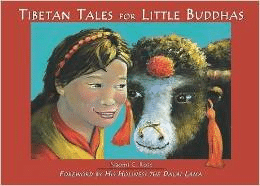
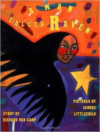
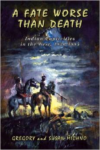
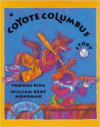
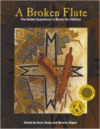
Reviews
There are no reviews yet.